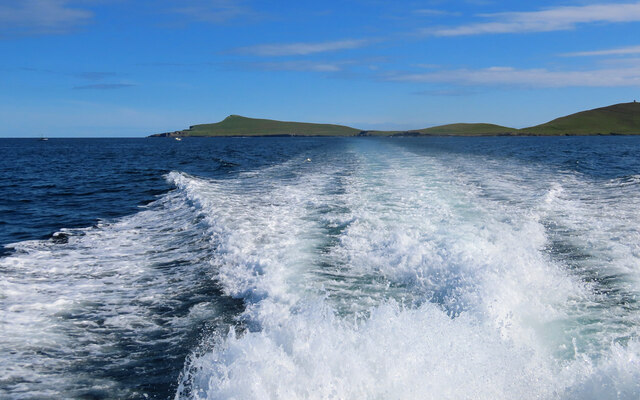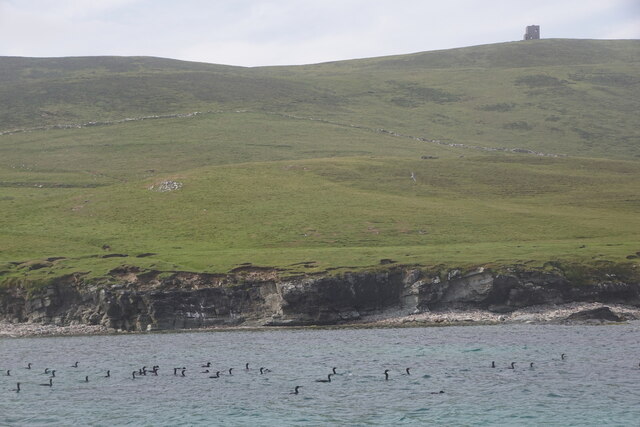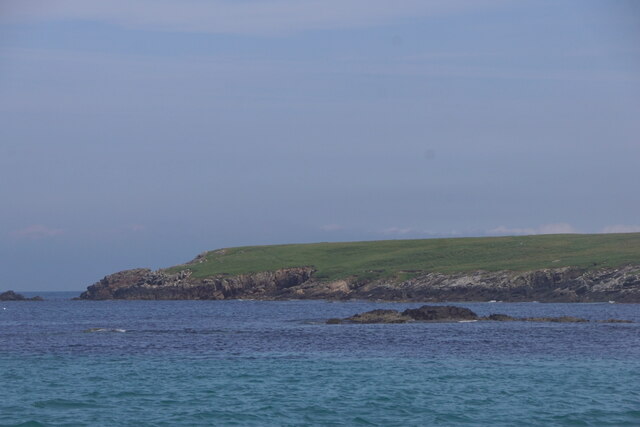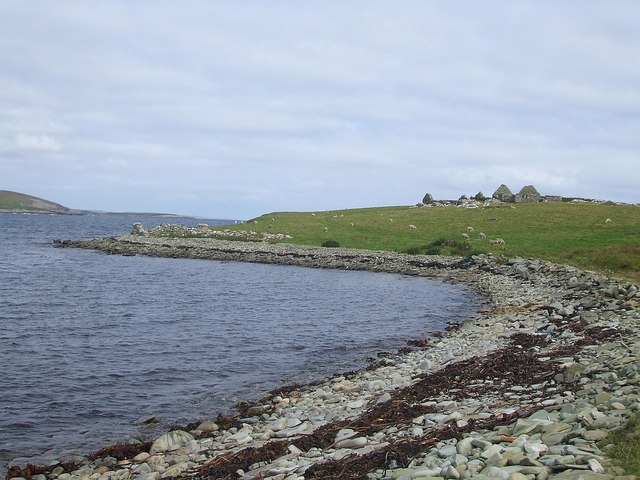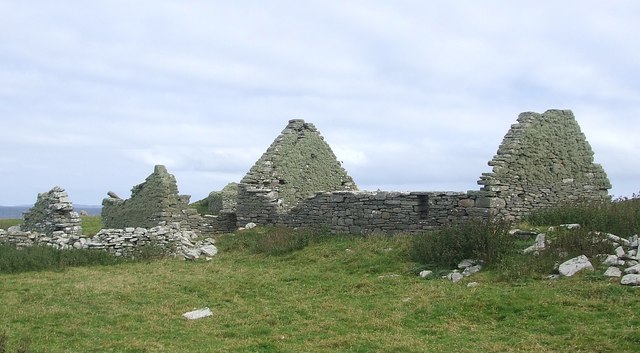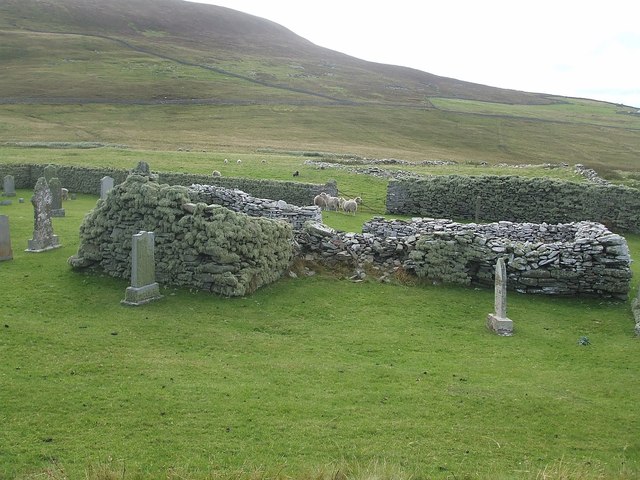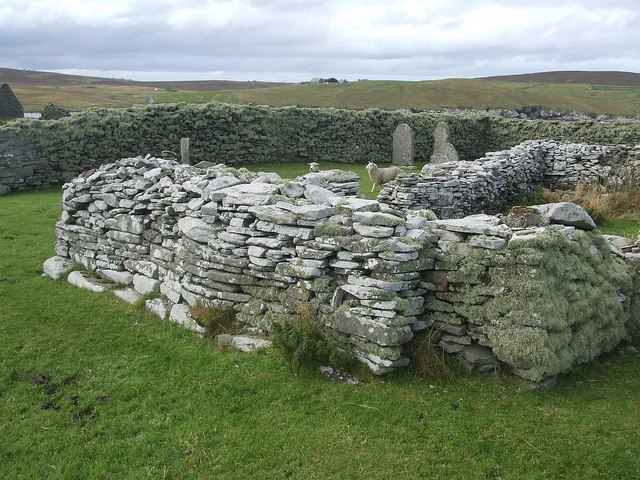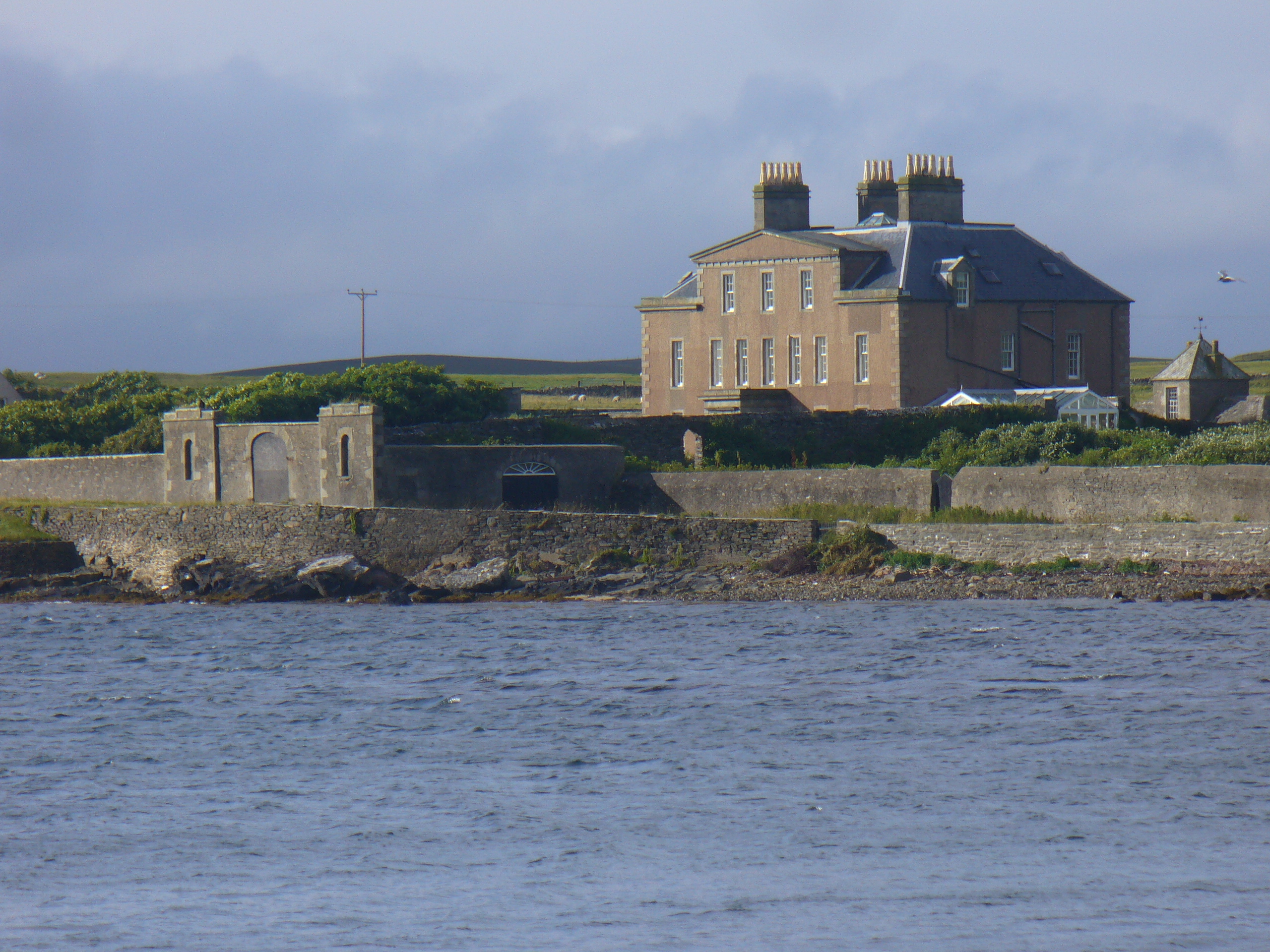Corbie Geo
Coastal Feature, Headland, Point in Shetland
Scotland
Corbie Geo
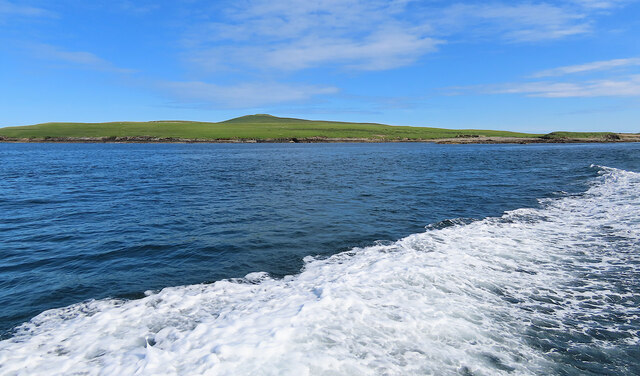
Corbie Geo is a prominent coastal feature located on the Shetland Islands, an archipelago in Scotland, United Kingdom. It is classified as a headland or point due to its protruding nature into the sea. Situated on the eastern coast of the mainland, Corbie Geo offers breathtaking views of the North Sea and its rugged cliffs make it a popular destination for tourists and nature enthusiasts.
The headland is characterized by its towering cliffs, which reach heights of up to 100 meters (328 feet) above sea level. These cliffs are composed of layers of sedimentary rocks, showcasing the region's geological history. The rocks are predominantly sandstone and shale, displaying a variety of colors and textures that add to the area's aesthetic appeal.
Corbie Geo is known for its diverse wildlife, attracting birdwatchers from far and wide. The cliffs provide nesting sites for a range of seabirds, including puffins, guillemots, and fulmars. Visitors can often spot these majestic birds soaring through the air or perched on the ledges.
Access to Corbie Geo is relatively easy, with a well-maintained footpath leading from the nearby village of Sandwick. The path meanders along the coastline, offering glimpses of the dramatic cliffs and the opportunity to explore the surrounding area. However, caution is advised, as the terrain can be steep and slippery in places.
Corbie Geo is not only a scenic spot but also an important geological and ecological site. Its towering cliffs, rich wildlife, and easy accessibility make it an attractive destination for those seeking to immerse themselves in the natural beauty of the Shetland Islands.
If you have any feedback on the listing, please let us know in the comments section below.
Corbie Geo Images
Images are sourced within 2km of 60.170072/-1.0488679 or Grid Reference HU5243. Thanks to Geograph Open Source API. All images are credited.
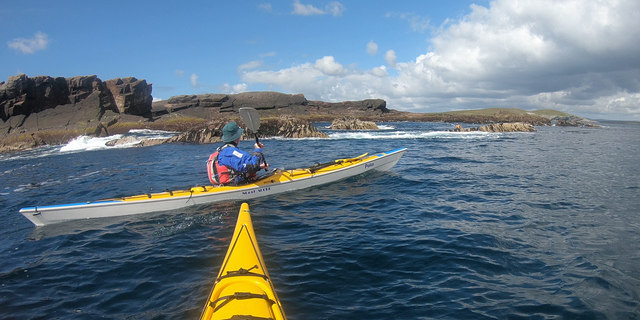
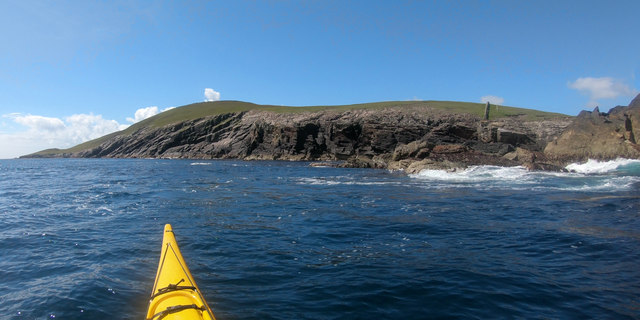

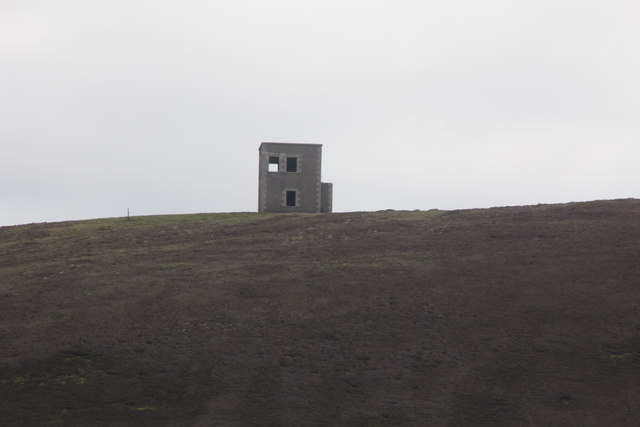
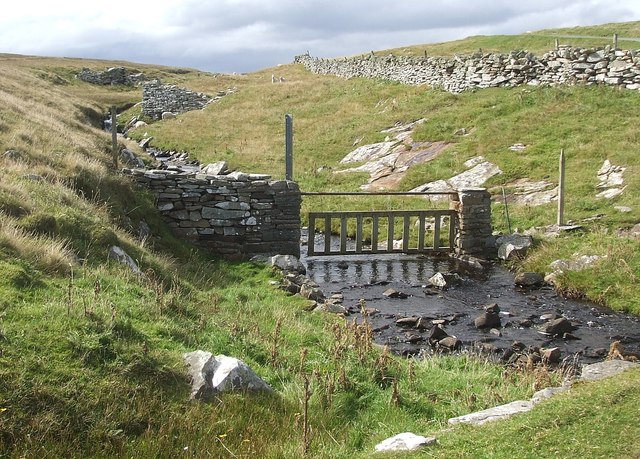
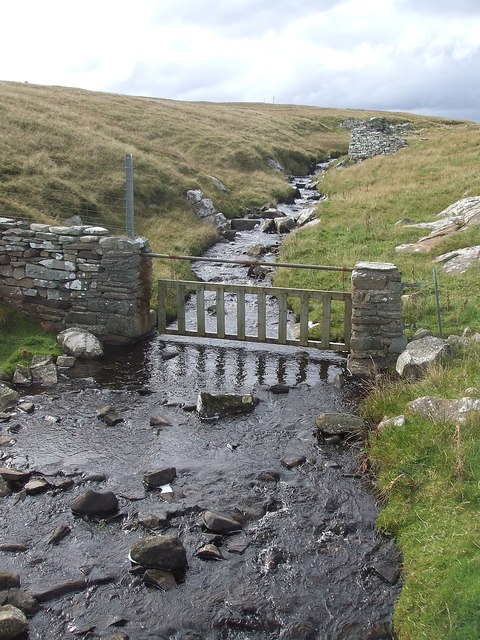
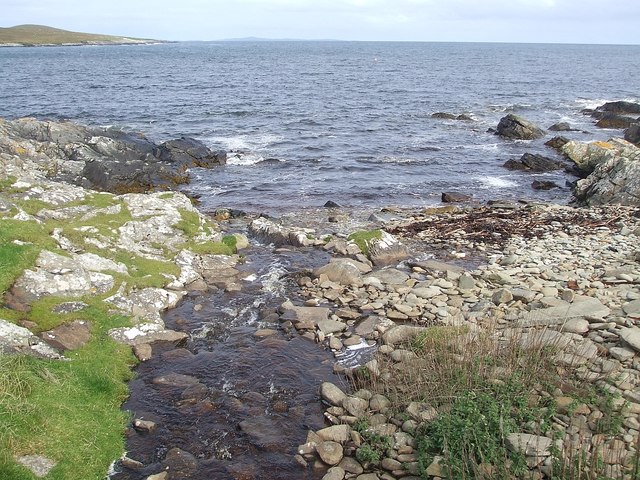
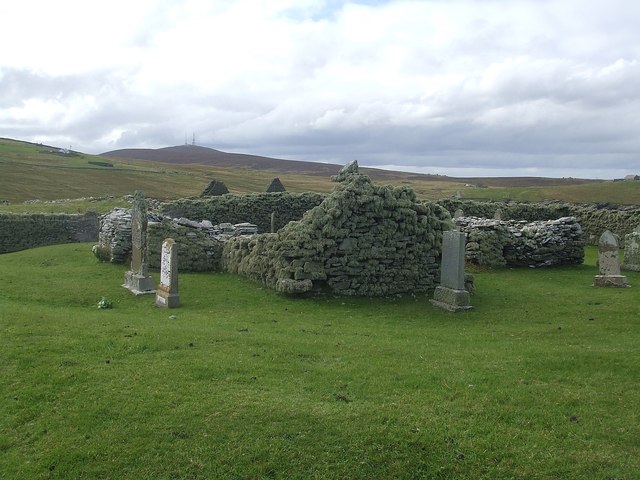
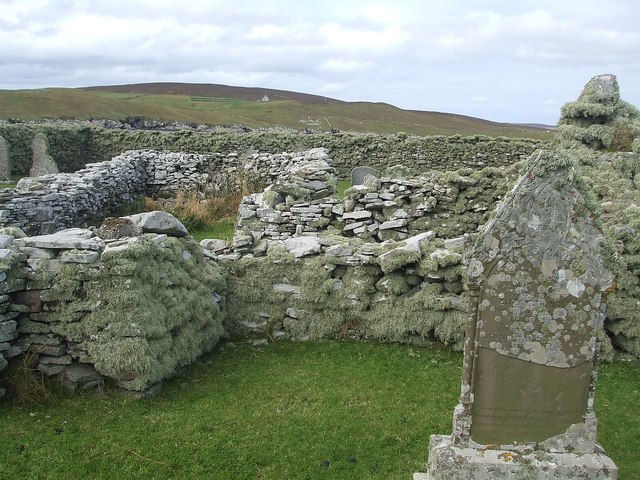
Corbie Geo is located at Grid Ref: HU5243 (Lat: 60.170072, Lng: -1.0488679)
Unitary Authority: Shetland Islands
Police Authority: Highlands and Islands
What 3 Words
///exploring.jiffy.colonies. Near Lerwick, Shetland Islands
Nearby Locations
Related Wikis
Voe of Cullingsburgh
Voe of Cullingsburgh is a large sea loch off the Shetland island of Bressay, voe meaning "sea inlet" in Shetland dialect. The local spelling of the name...
Broch of Cullingsburgh
The Broch of Cullingsburgh is an Iron Age broch located in the Shetland islands. == Location == Located on Bressay, off the east coast of mainland Shetland...
Bressay
Bressay (Scots: Bressa) is a populated island in the Shetland archipelago of Scotland. == Geography and geology == Bressay lies due south of Whalsay, west...
Isle of Noss
The Isle of Noss or Noss (Scots: Noss) is a small, previously inhabited island in Shetland, Scotland. Noss is separated from the island of Bressay by the...
Gardie House
Gardie House is an 18th-century estate house on Bressay in Shetland, Scotland. Located opposite Lerwick, across the Bressay Sound, Gardie is described...
Holm of Noss
The Holm of Noss or Cradle Holm is an uninhabited islet of the Shetland Islands. It is about 48m at its highest point. == Geography and geology == It is...
Bressay transmitting station
Bressay transmitting station is a broadcasting transmission facility for the Shetland Islands, located on the isle of Bressay, owned and operated by Arqiva...
Lerwick and Bressay Parish Church
Lerwick and Bressay Parish Church is the largest Church of Scotland congregation in Shetland, serving the islands' capital Lerwick and the surrounding...
Have you been to Corbie Geo?
Leave your review of Corbie Geo below (or comments, questions and feedback).
